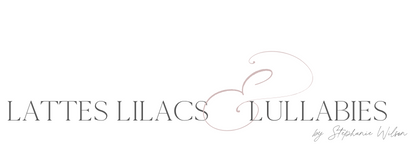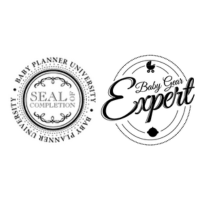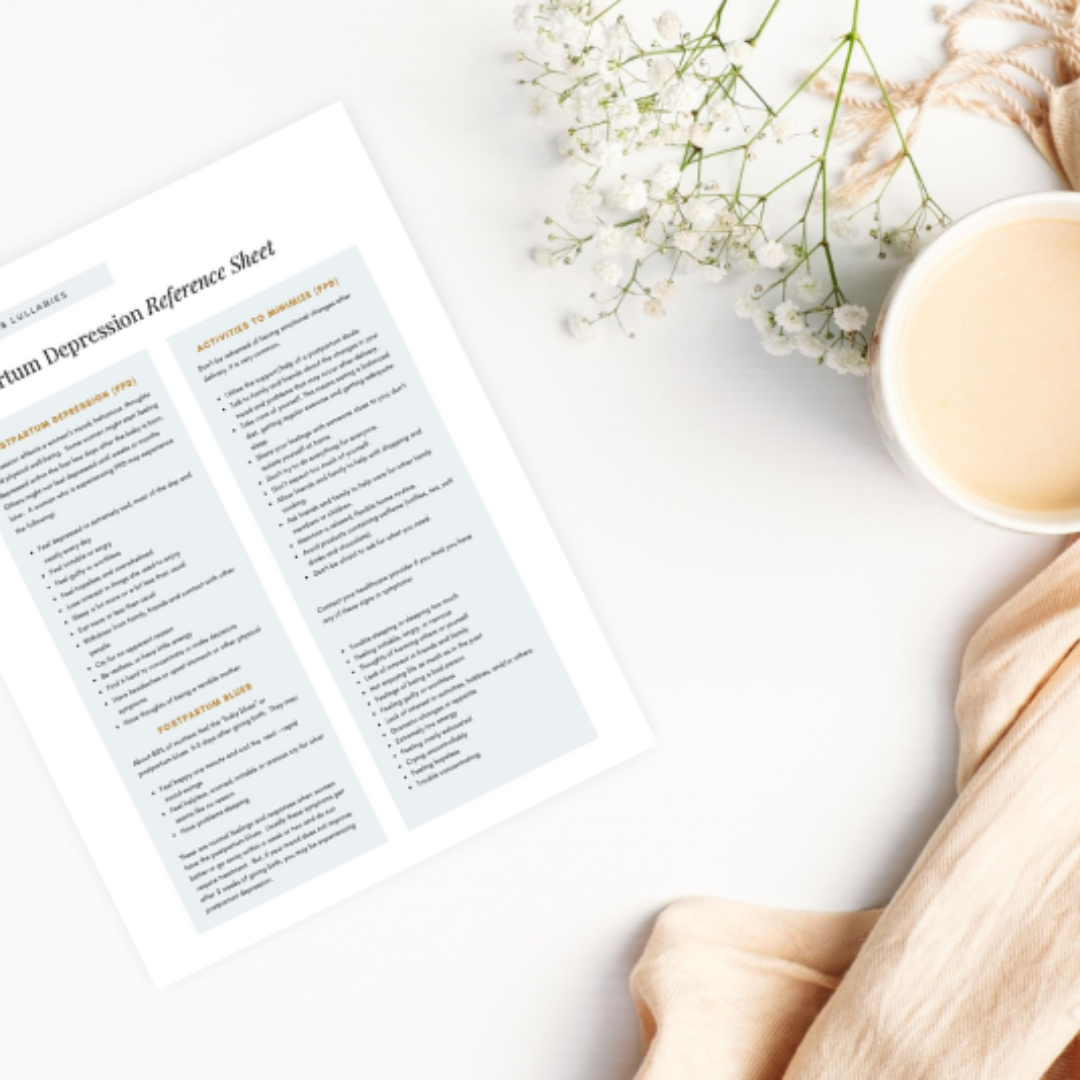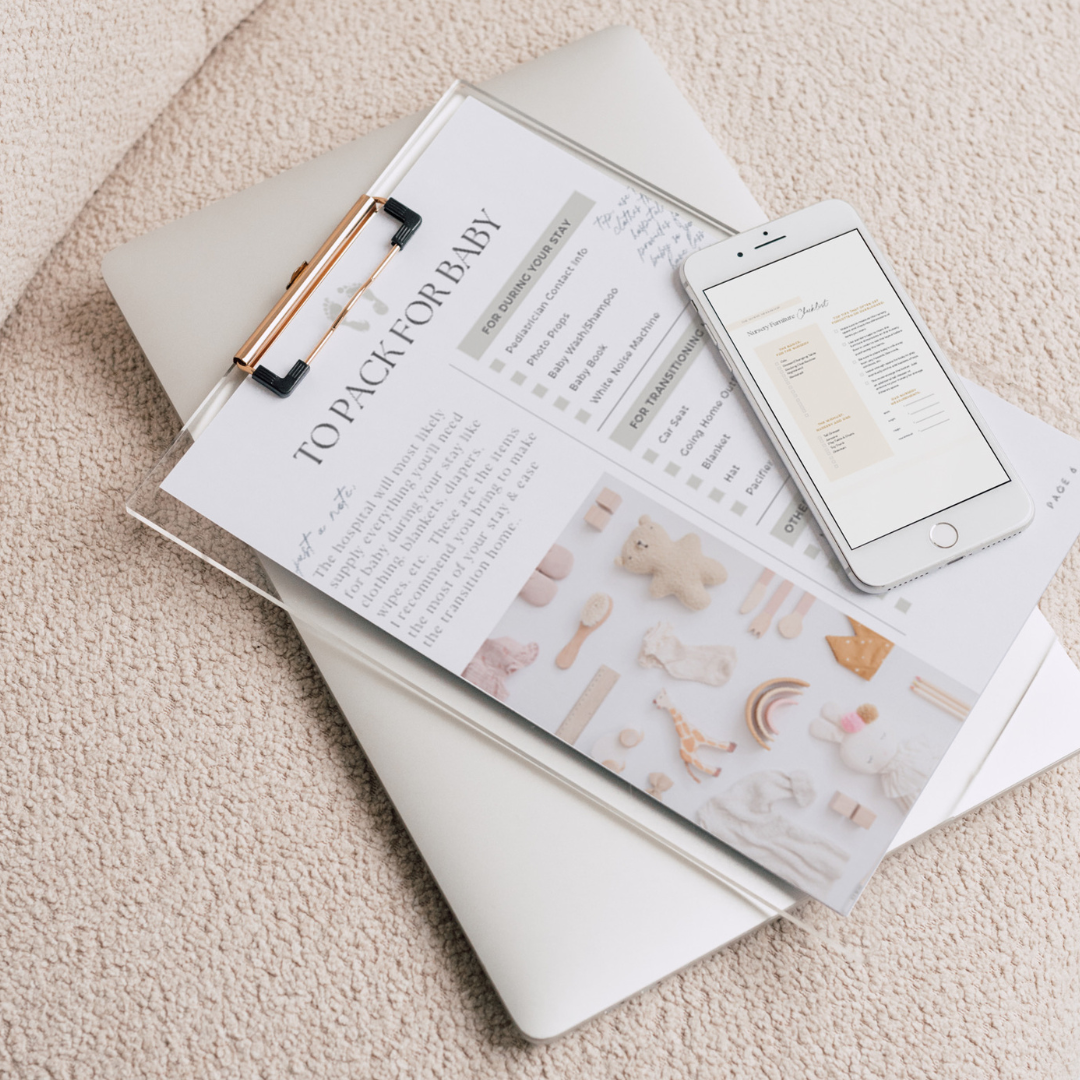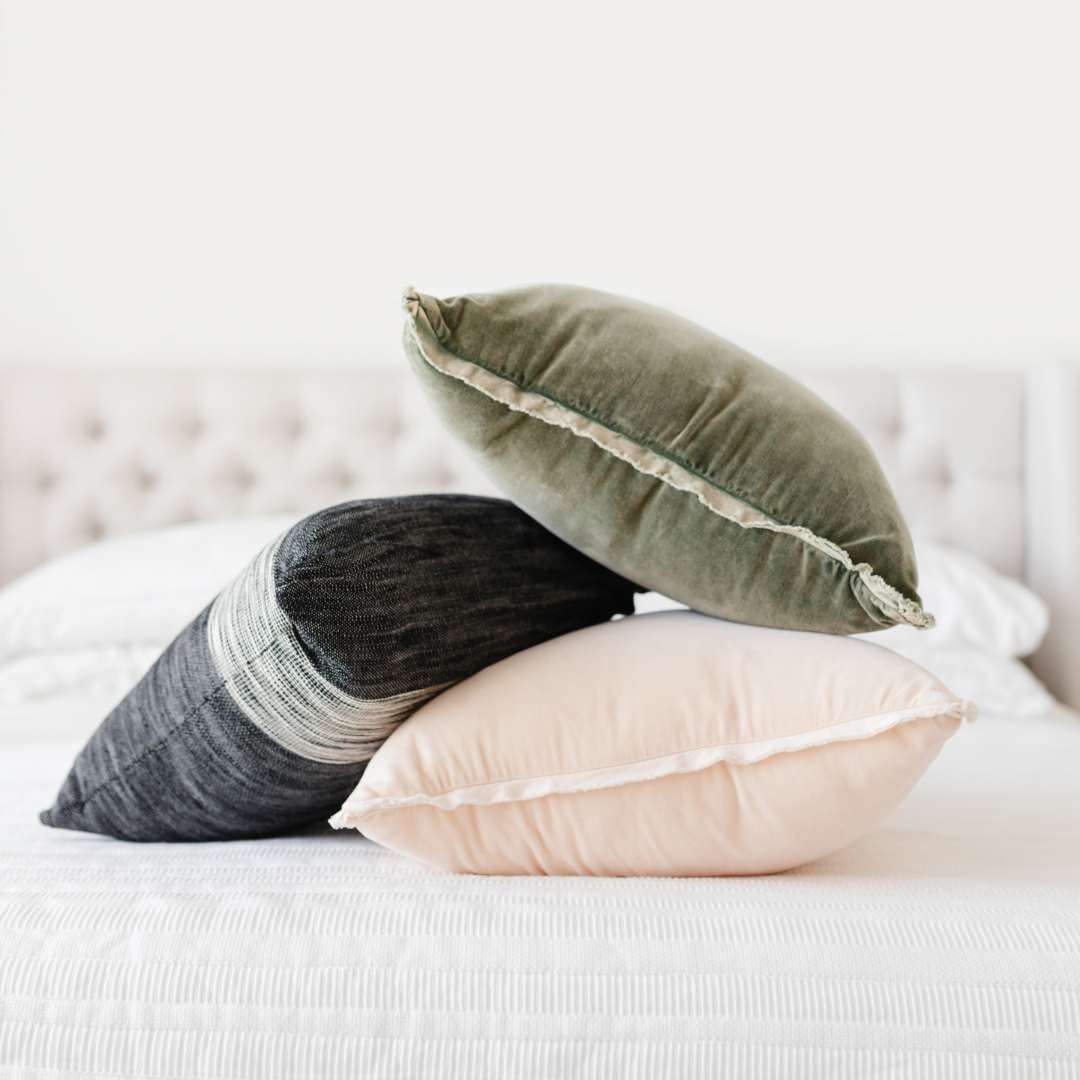Sometimes babies can look a bit wild after birth, and not exactly “picture perfect”. So, what’s that all about? And, how can you be best prepared just in case your little bundle of joy enters the world looking more like an alien than an Anne Geddes baby model?
Well, let’s explore some of the most common issues I see day after day as a Mother Baby Nurse starting from head to toe. Here we go…
{Caput & Molding}
So, let’s get down to the nitty gritty about your baby’s grand entrance into the world. Your, on average, 6…7…8 pound baby…sometimes more and sometimes less…little human is squeezed and pushed and maneuvered through a very small space. I’m sure you’re all aware of that already. Forgive me for stateing the obvious. But, it always amazes me to hold newborns and look over at the mom and ask, “where did he fit inside of you?!” It’s such a miracle, isn’t it?!
https://m.youtube.com/watch?v=A1rNrTXEHeY
Well, in the midst of that miracle a lot has to happen to the baby’s body so he can make his way through the birth canal unscathed.
Sometimes baby’s have what we call caput or molding which basically means the baby’s head is misshaped, bruised, and may have lumps and bumps all from making his way into your arms. It’s often not very pretty, but it is a reminder of how amazing it is that a baby’s head is able to shape and mold itself through a small canal and around bones and joints in order to be born.
The baby’s skull bones are not fused together in the newborn stage, which is why they have a soft spot on the top and back of their head. Their skull bones are able to move in order to allow the head, which is the largest part of the baby’s body at birth, to make its journey through the mothers birth canal.
(Does anybody else hate the words “birth canal” when used to describe a woman’s body, or is it just me?! What a weird thing to say! Ok…moving on! ?)
Believe it or not, most baby’s heads improve tremendously over just a couple of days. You may be tempted to keep his head covered with a hat so as to not scare your family and friends, and that’s ok. ? But, just remember, it will look so much better in no time at all. You will not have a coned head baby for long!
{Suck Blisters}
You may notice some sores on your brand new baby’s hands, that look like popped blisters. Those are called suck blisters. Sometimes in the womb, the baby will suck on his hands so much that they will actually develop blisters.
With these little ones, you may notice in his first few days, that he’ll search for his hands to suck on and get upset if he’s not able to find them. Often times these babies don’t like to be swaddled with their arms inside their blanket. They like their hands right in front of their face and available to suck on. This is a comfort for them.
Lactation consultants will tell you not to introduce a pacifier for a couple of weeks until nursing is well established because some infants can get what we call “nipple confusion”.
What I tell my moms, though, is that if you have “normal” nipple anatomy (which I discuss in my first segment in this series), and your baby is latching well, has a strong suck, and doesn’t want to leave your breast…your baby may benefit from a pacifier.
Some parents look at me like I’ve just offered for their child to play with a set of sharp knives, but seriously, trust me….if your baby is prone to sucking, and does so to comfort himself, introducing a pacifier might just be a lifesaver for you. And, research is now showing that pacifiers may reduce the baby’s risk of SIDS.
I’ll discuss more of this debated topic in another segment of this series later…so stay tuned!
{Baby Acne?!}
Yes, it’s true, your baby may have baby acne, also known as milia. It will look like little white dots usually found on the nose.
The “pimples” will eventually go away. The key is not to pop them or put any ointment on them. (No need for PrOactive just yet! ?) They will go away on their own in a few short days.
{Bruised Face}
If a baby does the “demon drop” and emerges from the birth canal (my favorite word! ?) rapidly, or gets hung up on the pelvic bone, he or she can be born with a bruised face…which can look alarming to say the least.
We see it all the time at the hospital, and will often times mark your baby’s bassinet with a reminder for staff so we don’t think your baby is blue….like the bad kind of “baby’s-not-breathing” shade of blue.
The bruising will eventually clear up, but could put your baby at risk for elevated jaundice. Your nurse and pediatrician will monitor your baby’s bilirubin level. It will be important for your baby to get lots of good feeds, and have lots of wet and poopy diapers. You can read more about jaundice here.
{Poops & Pukes & Choking…Oh My!}
So, speaking of the “bad kind of not breathing shade of blue” that we don’t like to see, it can happen as your new baby starts to figure out his new “bodily functions”. As your baby begins to eat, poop, and pee, he may have what we have affectionately termed, “choking episodes”…which I know sounds horrifying!
We usually see some “urping” as the baby is learning to handle “his business” in his diaper. Remember, your baby has never had to do all this before…eating, pooping, peeing, let alone breathing at the same. So sometimes, baby’s have a hard time adjusting to all their new “jobs”.
You might notice some choking or spitting up when the baby poops usually during the first day of life. This commonly occurs when the baby takes a big gulp of amniotic fluid on the “way out”. Sometimes the baby will spit up mucus, amniotic fluid, old blood, or even colostrum/breastmilk. It depends on each baby.
So, if you experience this with your baby, just remember that it’s normal, sit your baby up and burp him, use a bulb syringe to clear the fluid from his mouth, and call for help if you need backup (especially if he begins to turn some not so nice colors! Blue is bad!) ?
{Sneezing}
Often times I am called to a patients room because the parents are alarmed that their baby is suddenly sneezing a lot. Most parents assume that their baby is now sick. “He’s caught a cold!”, I hear all the time!
No fear…your baby is not sick. Just like the section above, your baby is just beginning to learn how to breathe, poop, pee, and so on. And he’s used to floating in water.
Imagine that feeling we all get when we dunk our heads in a pool while swimming on a hot summer day. I’m sure I’m not the only one who has felt that burning sensation in my nose, and that fluid in my sinus cavity irritating the tissue up there.
We grown ups can just grab a Kleenex and blow our nose, but babies can’t do that. So, your baby’s next best option is to sneeze. It’s his body’s natural way of clearing his nose and airway.
If you happen to peer up there and see some “boogies” (yes, that is a scholarly medical term, isn’t it?!?) hanging out in his nostrils, you can gently clear them out with a tissue. But, be careful when using a bulb syringe on a newborns nose. If you do it too forcefully, you may cause the inside of his nose to swell and become irritated, making it even harder for him to breathe. Your best bet is to just leave him alone, let nature take its coarse, & let him sneeze.
{Tarry Poop}
Your baby’s first stool is called meconium. It is usually thick and black…like tar. It can be hard to clean up, and there can be a lot of it! Often times we wonder where it all comes from inside your little 7lb pooping machine!
The meconium can be hard for the baby to pass since it is so thick. But, good news is, your first breastmilk (colostrum) acts like a baby laxative to help your baby’s digestive system begin to work. So, don’t be surprised if your baby becomes gassy after the first few feeds. It’s just his belly beginning to do its job, and move that thick stool out.
I find holding the baby with the legs up on his or her chest, just like he was positioned in the womb, to be helpful at releasing baby’s gas and helping him to go #2.
Some baby’s pass their first stool inside the womb before birth. If that happens, your amniotic fluid will be dark and not clear. During the delivery, your doctors and nurses will usually try not to stimulate the baby after he’s born, but instead suction out his nose and mouth to remove that thick stool from his airways.
However, some of these little stinkers start crying before they can be suctioned. And, that’s ok. Your nurse and pediatrician will just monitor your baby closely, and your baby may be more likely to spit up some colorful gooey goodness for you like we discussed earlier.
{Brick Dust Urine}
In the hospital, it’s common for us to see reddish brown colored urine in the baby’s diaper. Of course, this usually completely freaks newbie parents out, cause why wouldn’t it? Everybody jumps to the conclusion that the baby is bleeding.
This dark colored urine, that we call Brick Dust Urine, is perfectly normal. This urine is very concentrated. The color comes from urate crystals in the urine, that will eventually be worked out as your breastmilk increases and your baby is getting more volume with each feed, and therefore urinates more.
Save the diaper for your nurse/pediatrician to see. They will probably just encourage you to increase your feeding, check your latch, etc.
{Vaginal Discharge}
And, while we are on the subject of bodily fluid, vaginal discharge is common in baby girls. It is a result of leftover hormone from mom. It can look very similar to cervical mucus, and will easily wipe away with a baby wipe. Often you’ll notice it after the baby has strained to poop.
The vaginal discharge is usually white, creamy, with little to no odor. If it is concerning to you, talk to your doctor or nurse about it.
{Wandering Raphe’s & Other Penis Issues}
Little guys can have some challenges with their penises that some new parents aren’t aware of. Some challenges your little mister may face with regards to their “nether regions” include: micropenis, undescended testes, penile-scrotal fusion, natural circumcision, a wandering Raphe, and hydrocele…just to name a few.
All of these could effect whether or not your little guy can or will be circumcised (if you’ve decided to circumcise). Talk to your OB about your options. Often times parents are referred to a pediatric urologist for further discussion.
I had no idea there were so many issues that could arise with a little penis until I started working in Mother Baby. The main thing to focus on is whether or not the baby is having wet diapers. If your baby is able to urinate, that’s good. That’s the most important thing.
{Newborn Rash}
More often than not, baby’s will break out in a newborn rash. A newborn rash can cover his entire body in little red dots. Some spots can become raised and look fluid filled.
We see this generally in the first few days of life, as your baby is getting used to our environment. Think about it. Your baby’s not used to our detergents, perfumes, deodorant, lotions, and so on. So, the newborn rash is your baby’s skin adjusting to life outside your protective womb.
Your pediatrician will monitor the rash, but there’s nothing to do to treat it. The rash will clear up on its own over the next several days.
If you are really concerned about it, you could bring your own clothes and blankets for the baby to the hospital, washed in whatever baby detergent you prefer. If you think about it, hospital linen in washed in a whole host of chemical detergents to kill whatever germs are on them. Hospitals are generally dirty places. And, there’s no exception when it comes to the baby linen.
Just remember, though, that will create more laundry for you when you get home. If that doesn’t bother you, feel free to bring your own linen from home for your little bundle of joy.
Another thing to avoid is applying lotions, oils, & diaper rash cream to the baby also. All new mommies want their baby’s to smell extra yummy after his bath, but try to avoid all the added products until your baby is a little older and not so new to the world.
{Acrocyanosis}
And, last but not least, don’t be surprised if your baby’s hands and feet are blue or purple. That is called Acrocyanosis. The blood in your baby’s body has to pump to all of his vital organs first. And, in fact, the baby’s heart begins to pump a completely different way once he’s born than it did in the womb. So, his heart has a lot of adjusting to do right after birth, and it has to focus on getting blood and oxygen to his lungs before his fingers and toes.
So, the hands and feet are the last spots to get “good perfusion”, as we like to say. They aren’t blue cause they are cold. It’s a very normal finding in newborns, and usually resolves after 24 hours or gradually over the baby’s first few days of life.
There are so many things that may happen during your birth or delivery of your baby that you may not be prepared for. Or, your baby may be born, swallow meconium on the way out, turn blue while trying to poop, have a wandering Raphe, and break out on a newborn rash…all things you may have never heard of…before today that is!
Now, you know a little bit more of what you could experience during those first few days with your little one. Always inquire with your nurse or doctor as well, if you have concerns. Hopefully this post offers you some new information and a peace of mind that your baby will end up just fine.
Next topic I’ll cover will be all about mom and things about the recovery stage that nobody’s told you about. We’re going to get real honest up in here! See you next time! ?





